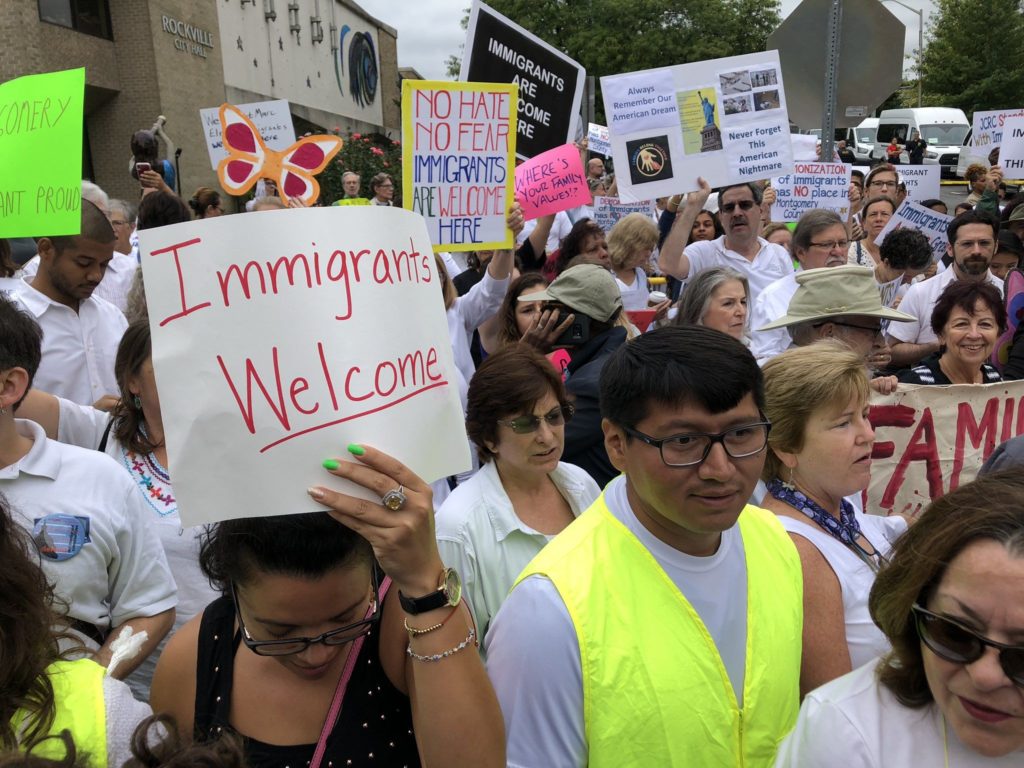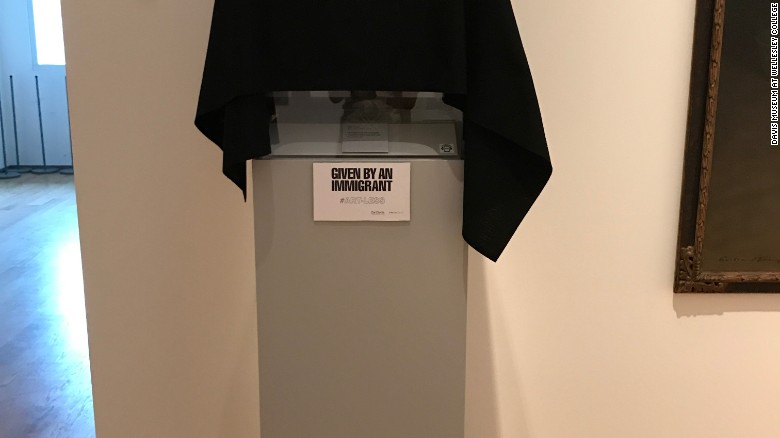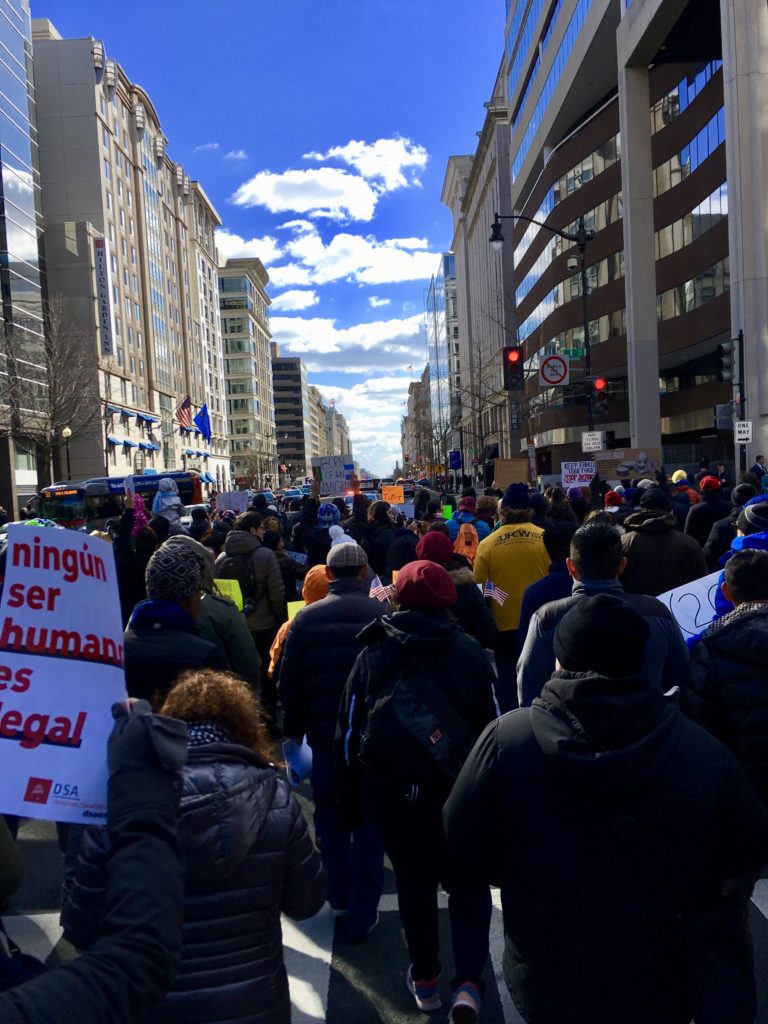
Last Friday, during a National Public Radio show’s Friday News Roundup of domestic news, four panelists briefly discussed the Day Without Immigrants actions that had taken place across the country the day before. One prominent conservative correspondent noted, “There seemed to be a little conceptual confusion over immigrants and illegal immigrants.” There was no conceptual confusion among those who protested and their supporters. They chanted, “No hate, no fear, IMMIGRANTS are welcome here!” Not “legal”, not “illegal”. Immigrants. Immigrants, children of immigrants, grandchildren of immigrants have seen how ICE agents act. They know the raids are indiscriminate, and they know the actions, and many of the actors, are compelled by a xenophobia that is informed by white supremacist racism, the intersectional form of terror of the current regime.
The Muslim Ban, the anti-immigrant raids and sweeps, the language of intimidation and threat were never about the niceties of documentation. Muslims, including non-Muslims perceived to be Muslims, saw that, at certain airports, the ban meant anyone with “a certain name or look” was subject to particularly invasive and insulting attention. In every sense, those actions were unwarranted.
Over the last week, raids have targeted people at residences, churches, homeless shelters, and courts. In El Paso, a woman filing for a protective order from an abusive partner was picked up. In Alexandria, Virginia, two men leaving a homeless shelter were taken. Across the country, people without criminal records were taken away. ICE’s response? The reports are “false, dangerous and irresponsible” and those “falsely reporting such activities are doing a disservice to those they claim to support.” Those “false reporters” include U.S. Senators and Representatives, Governors, members of the clergy, attorneys, eyewitnesses, family members, neighbors, passersby, cameras, and the list goes on. In Virginia, where I live, Governor McAuliffe, U.S. Senators Tim Kaine and Mark Warner have written letters to Homeland Security and still await a response.
This past weekend, new directives “dramatically expand the scope of enforcement operations”. These “sweeping new guidelines … empower federal authorities to more aggressively detain and deport … inside the United States and at the border.” In the places where people of color live, dramatic expansion and more aggressive detention add up to a reign of terror. That terror threatens everyone. It threatens the undocumented, as it threatens tech workers, seasonal workers, students and others protected by a visa.
Immigrant of color communities know that, when it comes to people of color, those in charge don’t distinguish among the undocumented immigrant, documented immigrant, and citizen. Their response has been clear: “No hate, no fear, IMMIGRANTS are welcome here!” There is neither conceptual nor ethical nor existential confusion here: No hate, no fear, IMMIGRANTS are welcome here!
(Photo Credit: WTOP)


